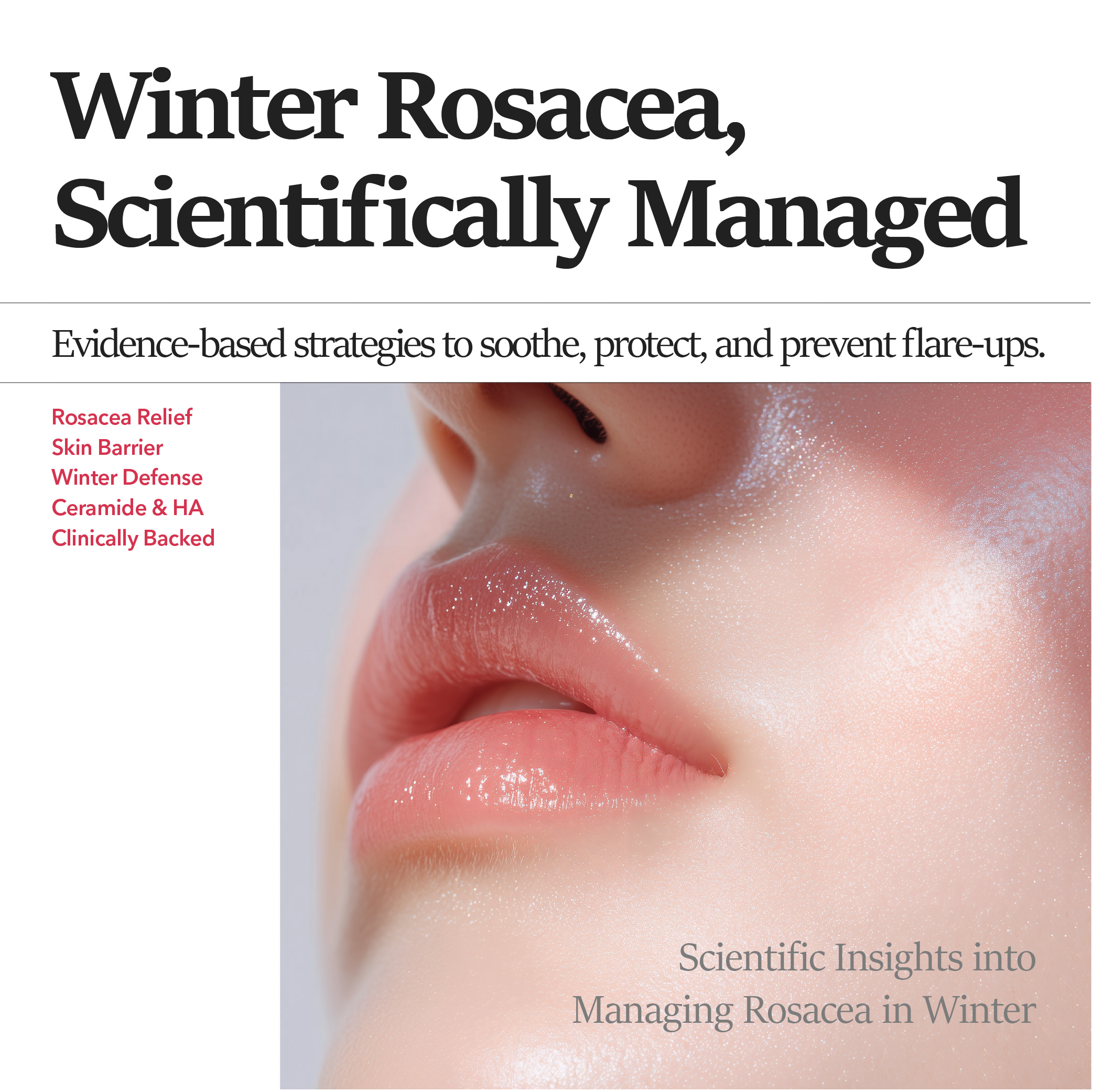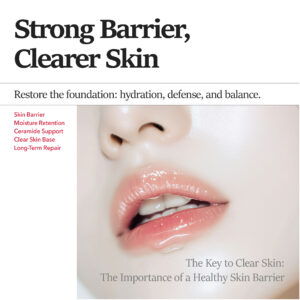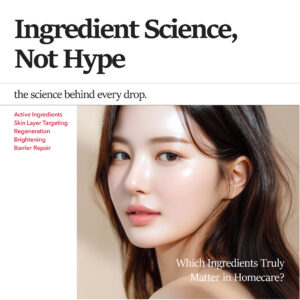This blog post is inspired by the narrative review “Skincare in Rosacea from the Cosmetologist’s Perspective” by Nowicka, Chilicka, et al., published in the Journal of Clinical Medicine in 2023. This comprehensive research sheds light on rosacea, its triggers, and evidence-backed strategies for management, particularly from a skincare perspective.
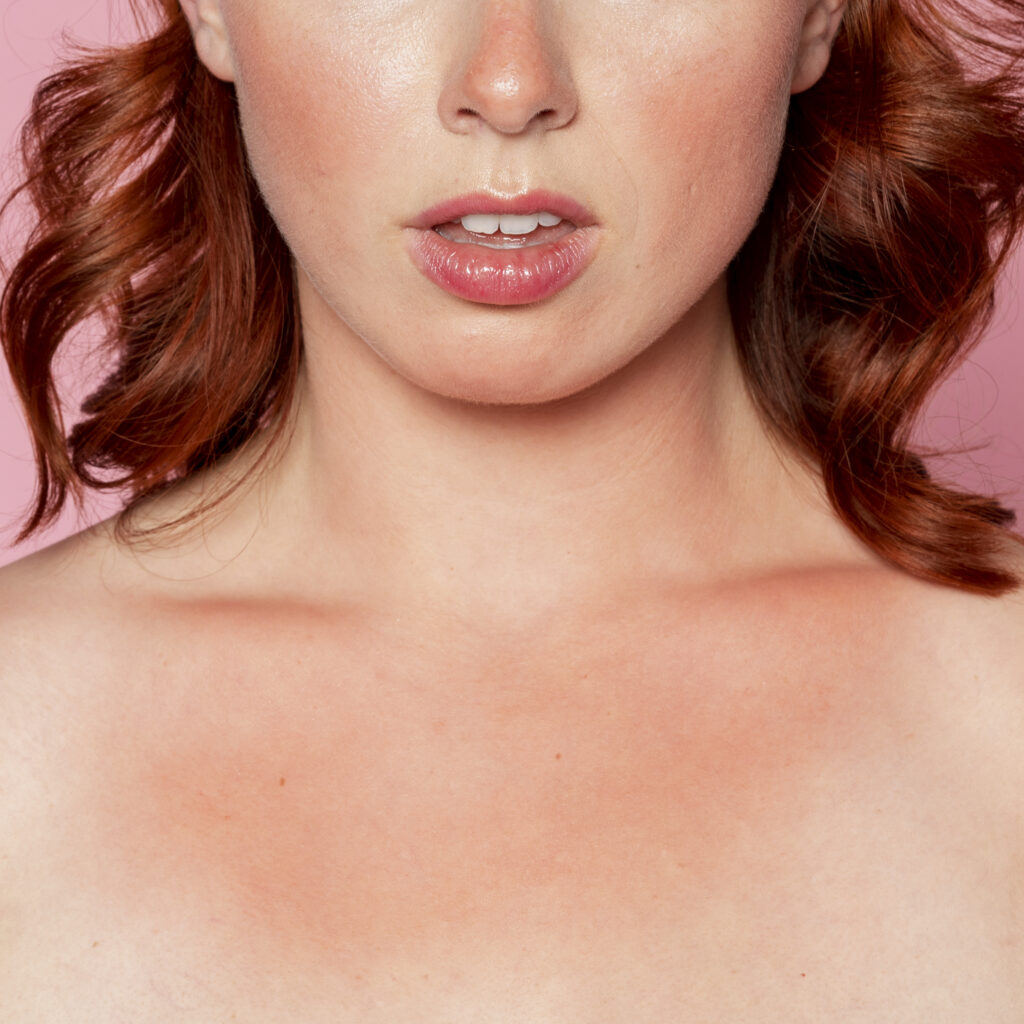
Understanding Rosacea: A Chronic Skin Condition Affecting Many
Rosacea is a common skin condition that predominantly affects individuals with fair skin, particularly those of Northern European descent. Characterized by persistent redness (erythema), visible blood vessels (telangiectasia), burning or stinging sensations, and dryness, the condition can significantly affect quality of life. The visible nature of the symptoms often leads to psychosocial challenges, making effective management essential.
1. Factors Contributing to Rosacea
The onset and exacerbation of rosacea result from a complex interplay of environmental, microbial, and lifestyle factors. One critical but often overlooked factor is the use of cosmetic products that lack calming properties, such as heavy makeup or poorly formulated color cosmetics. These products can compromise the skin barrier and aggravate symptoms, emphasizing the need for choosing skincare and makeup wisely. Other contributing factors include:
Additional Triggers:
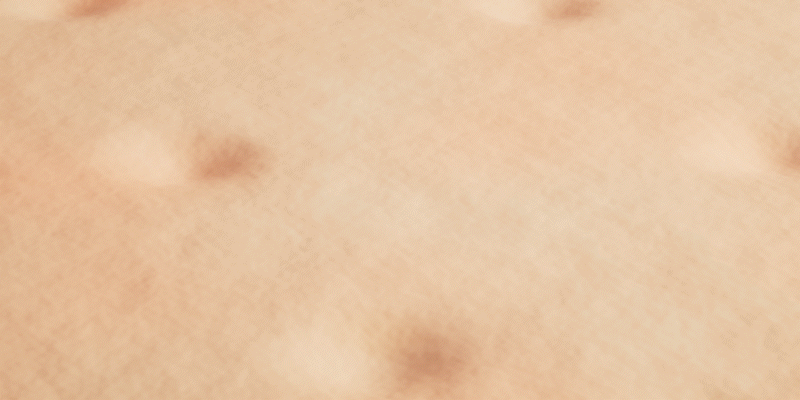
- Microbial Involvement: Pathogens like Demodex folliculorum mites and Bacillus oleronius are associated with inflammatory responses in rosacea.
- Dietary Factors: Spicy foods, hot drinks, alcohol, and histamine-rich foods (e.g., cheese, chocolate) can affect the skin’s vascular response, causing a rash.
- Environmental Factors: Cold winds, UV exposure, and sudden temperature changes can aggravate skin sensitivity during winter.
2. Practical Management Tips
Professional treatment is important, but the cornerstone of rosacea management lies in day-to-day management. Evidence-based recommendations are as follows.
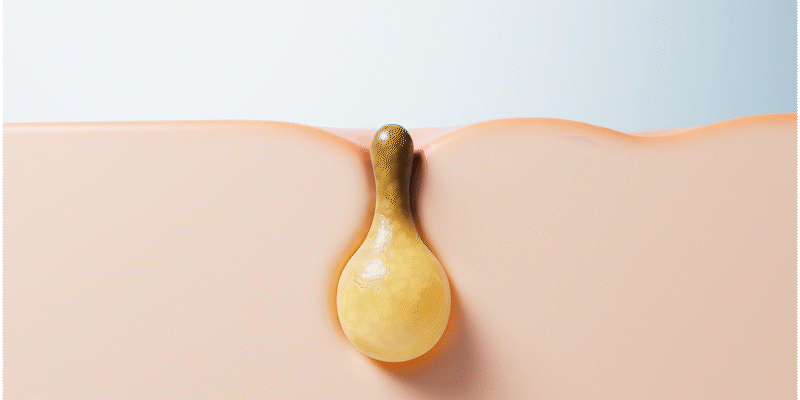
Skincare Routine
- Use gentle, fragrance-free dermocosmetics designed for sensitive or rosacea-prone skin.
- Incorporate ingredients like:
- Vitamin C&E: It strengthens blood vessels and reduces red spots.
- Panthenol: Provides soothing and anti-inflammatory benefits.
Sun Protection:
- Always apply mineral-based sunscreens containing zinc or titanium dioxide. These protect against UV radiation without aggravating the skin.
Avoidance Measures:
- Stay clear of harsh cleansers, alcohol-based products, and physical exfoliants.
- Use lukewarm water for cleansing and avoid hot water. To protect the skin barrier, avoid harsh scrubbing during face washing.
Diet and Lifestyle:
- Include anti-inflammatory foods rich in omega-3 fatty acids.
- Maintain a balanced gut microbiome by consuming fiber-rich foods, which support overall skin health.
3. Key Precautions During Winter

Winter poses unique challenges for rosacea-prone skin. To prevent flare-ups, keep the following in mind:
- Select Calming Products: Use products with verified calming properties to strengthen the skin barrier.
4. Calming Care Through Science: No No Worry’s Product Philosophy
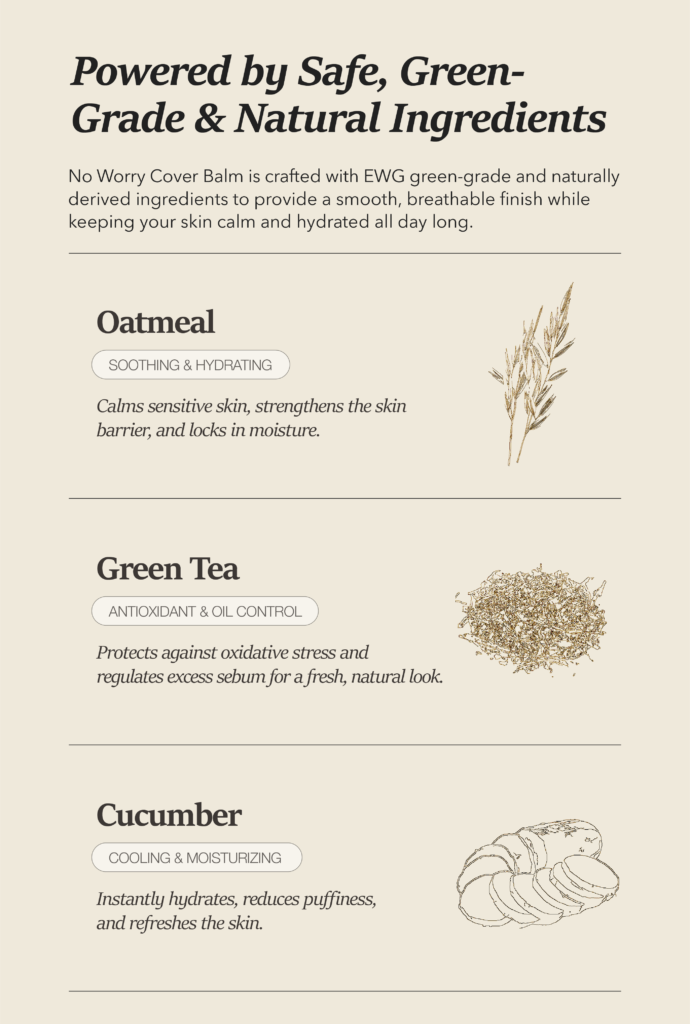
Our product line is meticulously crafted to provide scientifically validated calming effects for rosacea-prone skin. By incorporating ingredients like caffeine, hyaluronic acid, Avena Sativa (Oat) Meal Extract, and panthenol, we aim to support skin health and alleviate discomfort. With our commitment to research-driven solutions, we prioritize your skin’s comfort and resilience.
